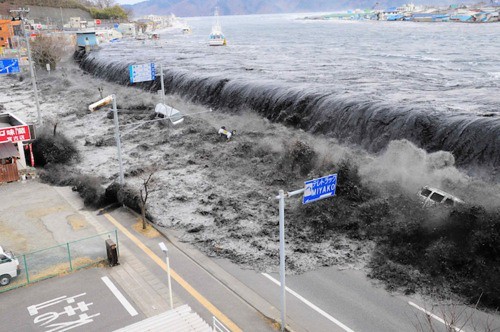Media release
From:
Geoscience: Monitoring earthquakes at the speed of light
The evolution of large earthquakes can be accurately estimated in real-time using a machine-learning model trained to assess signals of gravity changes, which travel at the speed of light, according to a paper published in Nature.
Earthquakes are usually monitored by assessing seismic waves — pulses of energy that radiate through the Earth’s crust. However, warning systems based on seismic waves can be too slow to accurately assess the size of large earthquakes (ranked as 8 or above on the moment magnitude scale) as they develop. Tracking prompt elastogravity signals (PEGS), which travel at the speed of light and are the result of sudden displacements of rock causing changes in gravity, is one proposed solution. However, whether PEGS could permit the rapid and reliable estimation of the location and progression of large earthquakes as they arise in real-time is, as of yet, untested.
Andrea Licciardi and colleagues trained a deep-learning model (named PEGSNet) on PEGS using 350,000 modelling scenarios of earthquakes initiating at 1,400 potential earthquake locations in Japan. Real data from one of the largest and most destructive earthquakes ever recorded — the Tohoku-Oki earthquake in 2011 — were then used to test the model. The authors suggest that PEGSNet is capable of accurately estimating the location of earthquakes, as well as their size and how this might change over time. Importantly, PEGSNet can do this rapidly, before the arrival of seismic waves.
The authors conclude that PEGSNet could be important for the early monitoring of large earthquakes and how they evolve — from surface rupture to possible associated tsunamis. Although the model is specific to Japan, the authors highlight that it could be easily adapted to other regions, with only small changes needed to implement this strategy in real time.



 International
International



